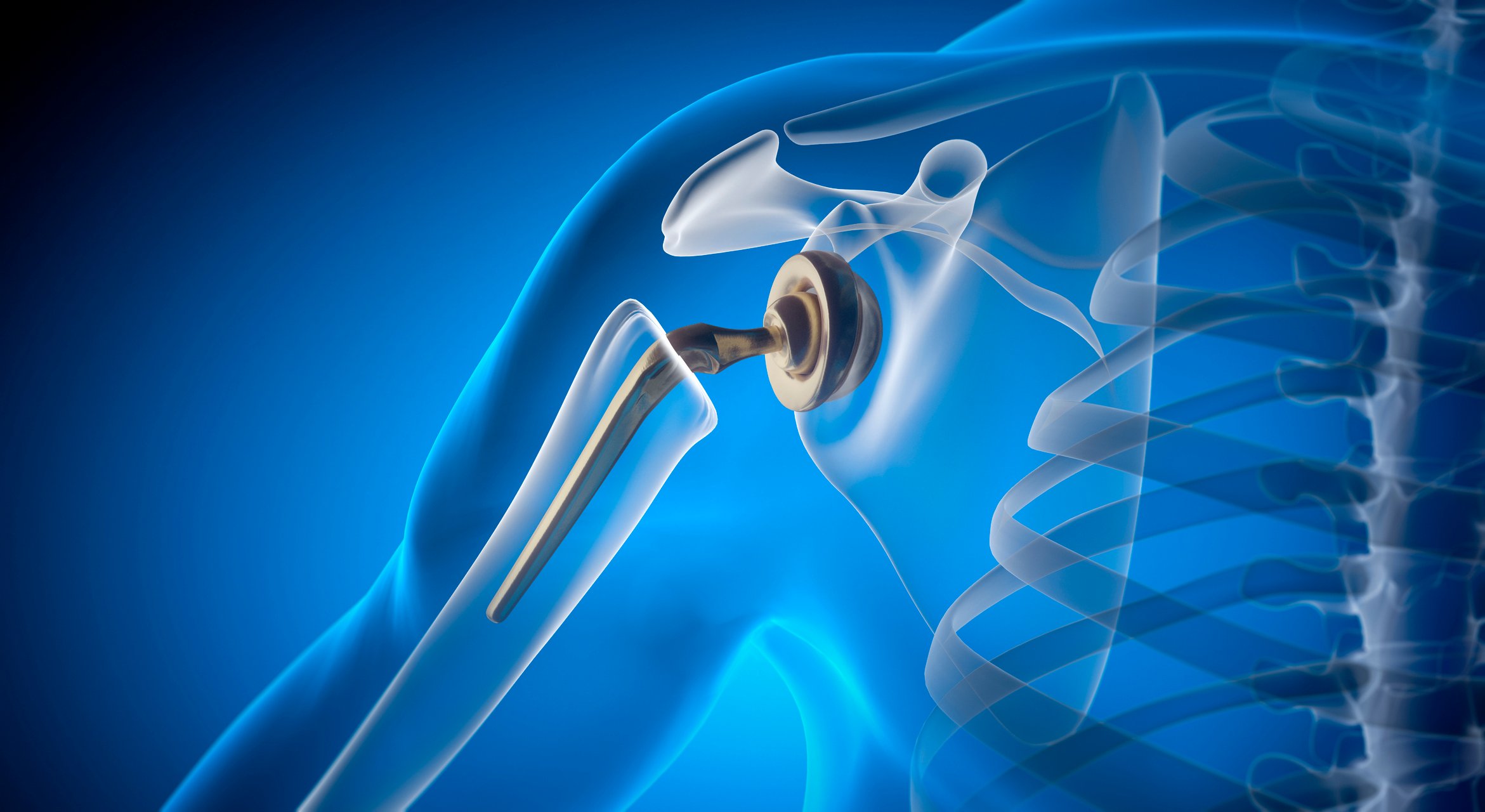Anatomic vs. Reverse Total Shoulder Arthroplasty: What’s the Difference & Which one is Right for you?
Shoulder pain can be more than just an inconvenience—it can affect everything from reaching for a coffee mug to lifting your grandchild. When arthritis, injury, or degeneration make movement painful and limit your quality of life, shoulder replacement surgery may be the next step toward relief.
At Waterbury Hospital Orthopedics, our surgeons specialize in two main types of shoulder replacement: anatomic total shoulder arthroplasty and reverse total shoulder arthroplasty. While both aim to restore comfort and mobility, the right approach depends on your shoulder’s structure, strength, and the condition of your rotator cuff.
What is Shoulder Arthroplasty?
Shoulder arthroplasty, or shoulder replacement surgery, involves replacing the damaged parts of your shoulder joint with artificial components (called implants or prostheses). These implants mimic the natural movement of a healthy shoulder and reduce or eliminate pain caused by arthritis or injury.
Patients typically consider shoulder replacement when they experience:
- Severe shoulder pain that doesn’t improve with rest, physical therapy, or medication
- Loss of motion or strength, especially during overhead activities
- Chronic stiffness that interferes with daily life
- Advanced arthritis or rotator cuff tears that damage the joint surfaces
Now, let’s look at the two main surgical options!
Anatomic Total Shoulder Arthroplasty (TSA):
An anatomic TSA is designed to closely mirror the body’s natural anatomy. In this procedure:
- The damaged humeral head (the ball of your upper arm bone) is replaced with a smooth metal ball
- The glenoid cavity (the socket of the shoulder blade) is resurfaced with a durable plastic component
This surgery works best when the rotator cuff muscles and tendons—the key stabilizers that keep your shoulder moving smoothly—are still intact.
Ideal candidates for anatomic TSA include patients with osteoarthritis or rheumatoid arthritis, avascular necrosis (loss of blood supply to the bone), and post-traumatic arthritis following injury. When performed by experienced orthopedic surgeons, anatomic TSA can provide long-lasting pain relief, improved range of motion, and restored shoulder function.
Reverse Total Shoulder Arthroplasty (rTSA):
The rTSA is a newer and increasingly common approach, particularly for patients with severe rotator cuff damage or complex shoulder arthritis. Instead of recreating the normal ball-and-socket anatomy, the positions are “reversed.” The surgeon attaches a metal ball to the shoulder blade and a socket to the upper arm bone.
This design shifts the shoulder’s center of rotation, allowing other muscles—especially the deltoid muscle—to take over the lifting and rotating functions that a torn rotator cuff can no longer perform.
rTSA is often recommended for:
- Large or irreparable rotator cuff tears
- Cuff tear arthropathy (arthritis caused by long-term rotator cuff damage)
- Failed previous shoulder surgeries
- Certain types of complex fractures or dislocations
The result? Remarkable improvements in strength, stability, and pain relief, even in shoulders that once seemed beyond repair.
Finding the Right Shoulder Solution for You
Your shoulder—and your story—are unique. Whether an anatomic or rTSA is right for you depends on how your shoulder functions today and what you hope to do tomorrow. At Waterbury Hospital Orthopedics, our experts look beyond x-rays to design a plan built around you—your goals, your movement, and your future.
Don’t let shoulder pain decide what you can or can’t do. Schedule a consultation with Waterbury Hospital Orthopedics and take the first step toward moving freely, confidently, and without pain!





